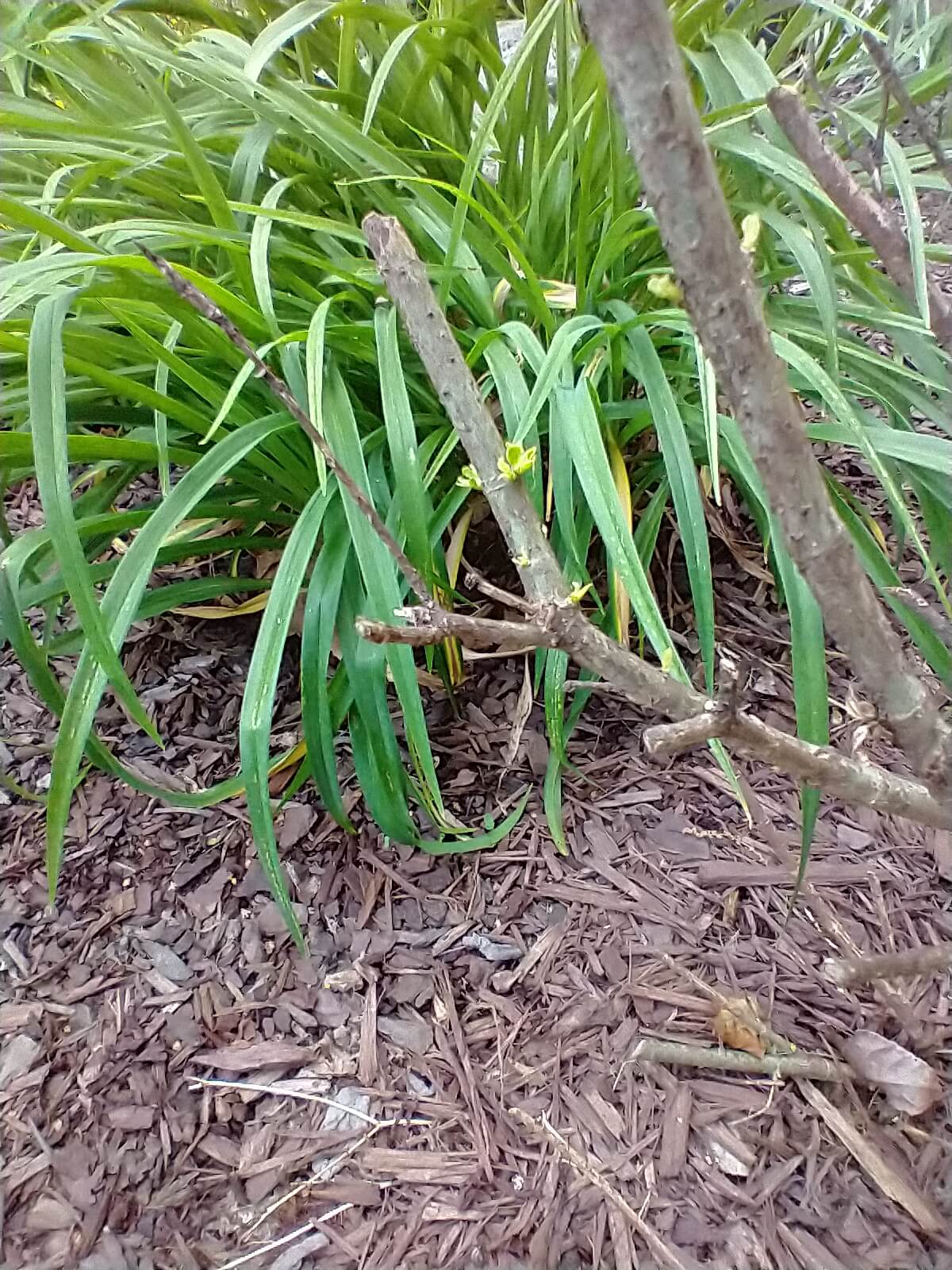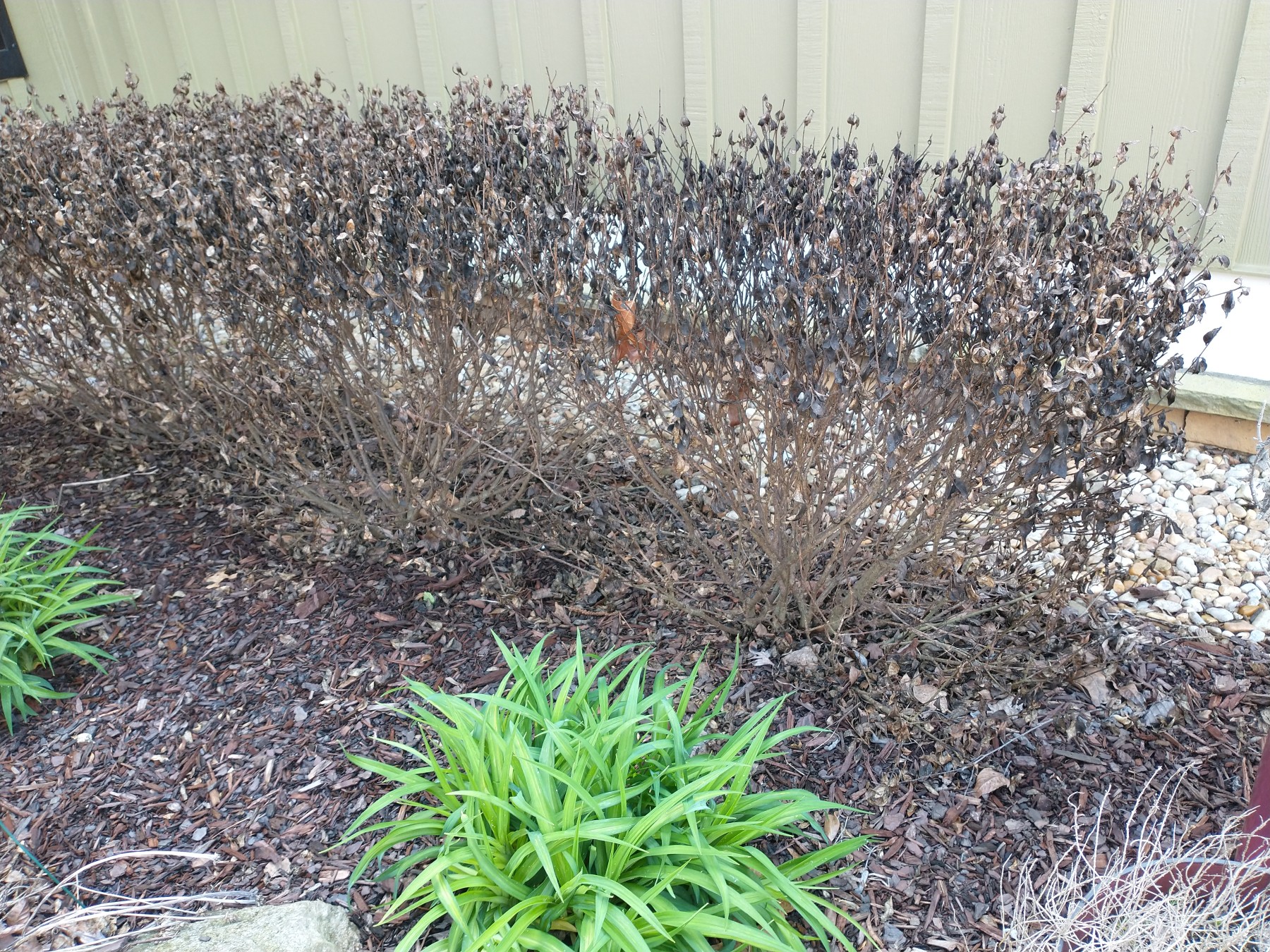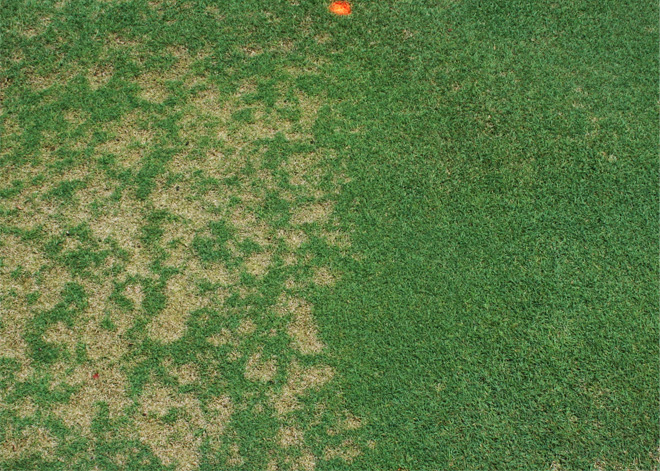ANR
-

In the past couple of weeks, I’ve noticed an eruption of weeds in juniper ground cover plantings around the county. I saw this same issue last year, too, beginning in March. Ground covers are generally used as a low maintenance means to control weeds, sometimes in areas that are difficult to access. Creeping junipers (Juniperus…
Posted in: ANR -

Considering the increased focus on mental health over the past few years, I was surprised to learn that May has been national Mental Health Awareness Month since 1949. Mental health includes our emotional, psychological, and social well-being. It is not a fixed characteristic; it can change from time to time like our weight or hair…
Posted in: ANR -

Last month, I recommended renewal pruning for broadleaf shrubs showing signs of freeze injury. I applied this advice in late March to a gardenia hedge that turned black after the December deep-freeze, cutting the stems back severely until I found living tissue. I expected to see leaf buds within the first three weeks of April.…
Posted in: ANR -

In short, molasses is a byproduct created – to the tune of 55 million tons per year globally – in the refinement of sugar beets and sugar cane into those sweet crystals we love to eat. Molasses is the reason brown sugar is brown and moist. As a catalyst in history and products of the…
Posted in: ANR -

Last Saturday, April 22, 2023, the Post Road Library hosted the annual Forsyth County Master Naturalist Extension Volunteers’ Earth Day Celebration from noon to 3 p.m. Despite the windy weather, over 200 people visited the interactive displays to learn about the wonders of our water system and facts about biting insects, spin the wheel to…
Posted in: ANR -

A walk through our local parks, state forests, and even our own backyard reveals a rich mixture of plants and wildlife. Typically, some will be native species and others are specimens imported from foreign regions. Is one type better than the other? In certain circumstances, both native and introduced species can become invasive. In a…
Posted in: ANR -

Renewal pruning is a technique used to reduce the size of overgrown shrubs – and sometimes as an opportunity to reshape shrubs into a more desirable form – by pruning the shrub down until the branches are just 6-12 inches above the ground. Mid-March is a good time to do renewal pruning.
Posted in: ANR -

To help protect the quality of our community water source, Forsyth County Water and Sewer Department, in a coordinated effort with the Environmental Health Department, launched a rebate program last year to help people in critical areas around the Pilgrim Mill peninsula pay for the cost of having their septic tank pumped out.
Posted in: ANR -

Like flowers and holidays, lawn diseases predictably show up during certain seasons. In the spring, we may see dead spots during spring green-up. Round patches of dead grass are signs the lawn is infected with fungi that cause Dollar Spot (Sclerotinia homeocarpa), Brown Patch and Large Patch (Rhizoctonia solani), or Spring Dead Spot (Ophiosphaerella spp).…
Posted in: ANR -

Many people approach pruning with confusion, dread, or a chainsaw. I suggest approaching the task with a little knowledge, patience, and artistic vision. Appropriate pruning maintains plant health and promotes flower and fruit production. Timing, tools, and technique are important components for pruning that is both healthy and attractive.
Posted in: ANR